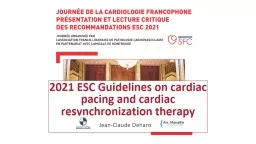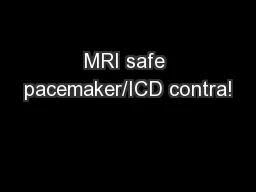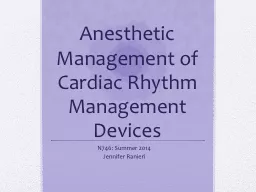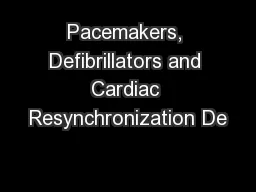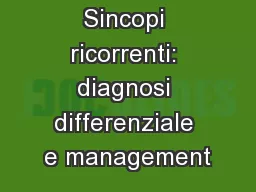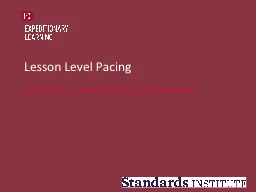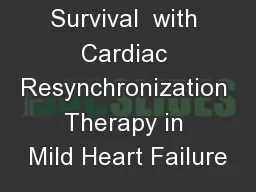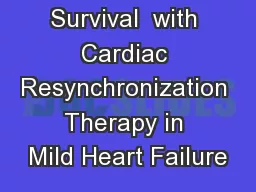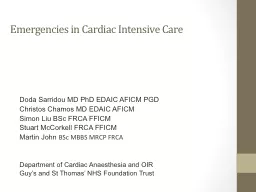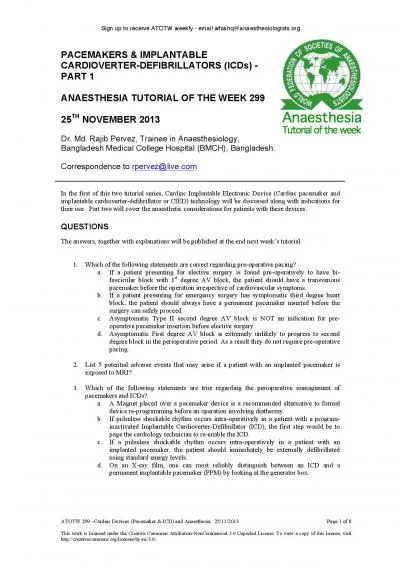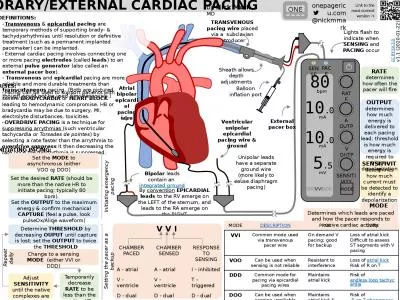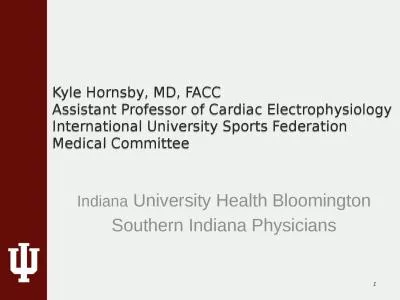PPT-2021 ESC Guidelines on cardiac pacing and cardiac resynchronization therapy
Author : jalin | Published Date : 2021-12-20
JeanClaude Deharo 2021 ESC Guidelines on cardiac pacing and cardiac resynchronization therapy Authors Task Force Members Michael Glikson Chairperson Israel
Presentation Embed Code
Download Presentation
Download Presentation The PPT/PDF document "2021 ESC Guidelines on cardiac pacing an..." is the property of its rightful owner. Permission is granted to download and print the materials on this website for personal, non-commercial use only, and to display it on your personal computer provided you do not modify the materials and that you retain all copyright notices contained in the materials. By downloading content from our website, you accept the terms of this agreement.
2021 ESC Guidelines on cardiac pacing and cardiac resynchronization therapy: Transcript
Download Rules Of Document
"2021 ESC Guidelines on cardiac pacing and cardiac resynchronization therapy"The content belongs to its owner. You may download and print it for personal use, without modification, and keep all copyright notices. By downloading, you agree to these terms.
Related Documents

